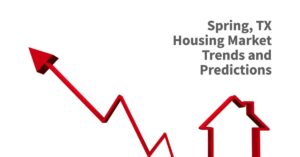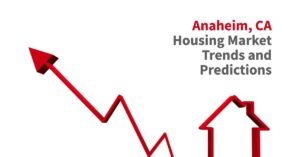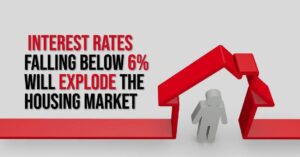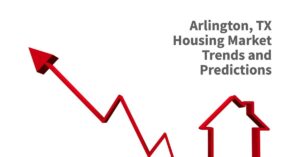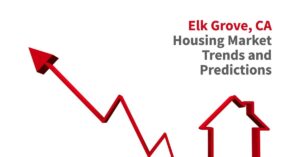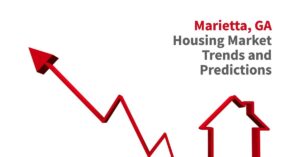The once-sizzling Austin, Texas housing market is experiencing a period of significant correction, raising questions about its future trajectory. This article delves deeper into the current situation, exploring the data and local factors shaping this shift.
Is The Austin TX Housing Market in Big Trouble?
A Glut of Inventory Dampens Prices
The most striking change is the dramatic increase in housing inventory. Compared to a mere five years ago, there's a staggering 26% jump in available homes, with a further 24% increase over the last year alone. This stands in stark contrast to the national trend, where inventory has shrunk by double-digits year-over-year.
The consequence? Home prices, once on a seemingly neverending upward climb, are feeling the pressure. They've dropped by 4.1% year-over-year and a concerning 19.5% compared to the peak of 2022. While this might seem alarming, it's important to consider the long-term perspective. Austin prices are still 38.8% higher than March 2020, indicating long-term growth despite the recent correction.
Price Cuts Become the New Normal
Adding to the story are the high number of price reductions. A significant portion of homes in Austin, currently a whopping 48%, have undergone price cuts, a figure considerably higher than the national average of 33%. This trend has been steadily climbing, with past years showing much lower percentages of price reductions.
A Surge in New Listings Fuels the Inventory Fire
Another factor contributing to the market shift is the unprecedented rate of new listings hitting the market. Over the past five years, Austin has seen a staggering 133% increase in new listings, compared to a national decrease. This trend continues with significant increases over shorter periods as well.
A Tale of Two Cities: Austin Diverges from National Trends
The national housing market grapples with low inventory, presenting a stark contrast to the situation in Austin. Inventory levels have skyrocketed by a staggering 342% in just the last two years, compared to a national drop of 22%. This dramatic discrepancy highlights the unique challenges Austin faces.
Beyond Inventory: Local Factors Cloud the Forecast
The story doesn't end with inventory. The Austin market is also contending with specific local factors that add pressure. The surge in new home construction, with 474 new communities boasting over 6,200 new houses for sale, further contributes to the inventory glut. Many of these new builds are resorting to price cuts, further exacerbating the issue.
Adding another layer of complexity are the recent Tesla layoffs in Austin. With nearly 2,700 workers potentially needing to relocate, the market could see an influx of houses for sale, putting additional downward pressure on prices. This could lead to a flight of some buyers who may be wary of a saturated market.
Affordability: A Double-Edged Sword
For years, affordability has been a major concern for Austin residents. The recent price drops might be seen as a welcome sign, offering a potential entry point for some buyers. However, rising interest rates coupled with overall inflation could dampen overall affordability. It's crucial to consider the entire financial picture before making a purchase.
The Tech Industry: A Wild Card
Austin's economy has been heavily driven by the tech industry's boom. While the tech sector is still a major player, recent concerns about a potential tech recession could cast a shadow on the housing market. A slowdown in tech hiring or job cuts could further impact buyer demand.
Navigating the New Landscape: A Time for Careful Consideration
The Austin housing market is undoubtedly in a period of transition. While some may view the current situation as a buying opportunity, potential buyers and investors should exercise caution. Careful consideration of these trends and a thorough understanding of the local market, including potential job market fluctuations and interest rate movements, are crucial before making any real estate decisions.
It's also important to remember that Austin's long-term economic fundamentals remain strong. Whether this is a temporary correction or a sign of a more significant shift remains to be seen. Those considering entering the Austin market should seek the guidance of experienced local real estate professionals to navigate this evolving landscape.


